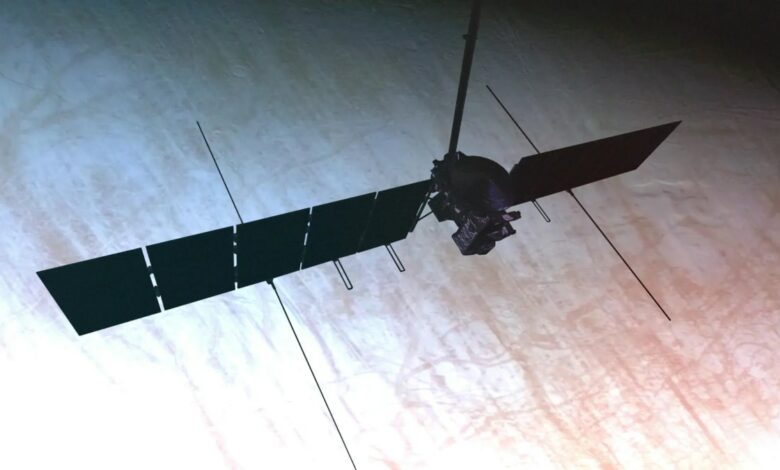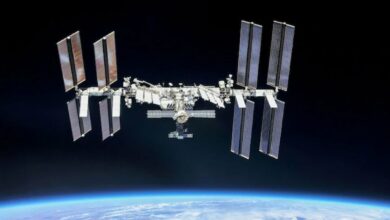NASA Europa Clipper approaching Jupiter’s moon, instruments deployed

NASA’s Europa Clipper spacecraft, launched on October 14, 2024, is now moving at a speed of 35 kilometers per second and has traveled more than 21 million kilometers from Earth, according to NASA. Designed for an ambitious mission to study Jupiter’s icy moon Europa, the spacecraft is expected to arrive in the Jupiter system in 2030. After arrival, the mission will make a series of 49 short flights over Europa to collect data on the moon’s subsurface. ocean and assess its potential to support life.
Spacecraft instruments are deployed and tested
After deploying from a SpaceX Falcon Heavy rocket, the Europa Clipper’s massive solar panels – each spanning the length of a basketball court – were successfully expanded, NASA said revealed. The magnetometer boom, an 8.5 meter long piece designed to measure Europa’s magnetic field, was also deployed. This will help scientists investigate the depth and salinity of the ocean believed to lie beneath Europa’s icy shell.
Subsequent phases will include the deployment of several radar antennas, which will help survey Europa’s ice cover. According to Jordan Evans, the Europa Clipper project manager at NASA’s Jet Propulsion Laboratory (JPL) in California, the successful deployment of these instruments provides valuable data on the spacecraft’s operational behavior.
Upcoming Mars Flyby for Gravity Assist
According to the report, a key phase of the mission is planned for March 1, 2025, when Europa will use Clipper Mars for a gravity maneuver. The spacecraft will pass Mars, gain speed and adjust its trajectory towards Jupiter. During this flight, a test operation involving the thermal imaging camera will capture multicolored images of Mars, while the radar instrument will collect data, ensuring functionality as intended.
Next Steps and Earth Flyby
Another gravity assist with Earth is planned for December 2026, further increasing Europa Clipper’s speed on its way to Jupiter. The magnetometer will also be recalibrated during this flyby of Earth by measuring the Earth’s magnetic field.
The scientific objectives of Europa Clipper
Europa Clipper is equipped with a suite of instruments to study Europa’s icy surface and hidden ocean. The mission’s main objectives are to investigate ice thickness, determine its composition and characterize the moon’s geology, providing insight into Europa’s potential as a habitable world.
Operated by JPL and the Johns Hopkins Applied Physics Laboratory, Europa Clipper is one of NASA’s most ambitious planetary missions, overseen by NASA’s Science Mission Directorate and the Marshall Space Flight Center’s Planetary Missions Program Office.




